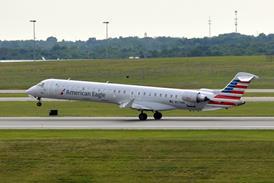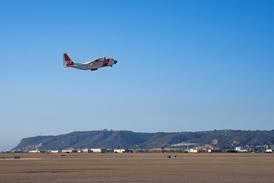Lockheed Martin has redesigned the lift fan for its X-35B short take-off and vertical landing (STOVL) Joint Strike Fighter demonstrator to increase reliability before flight testing begins in May.
The company has experienced lift fan component failures on the test stand at propulsion system supplier Pratt & Whitney. It convened a panel of experts "to look at what has caused reliability failures", says deputy programme manager Harry Blot.
The result was "minor changes" which should improve lift fan reliability by between two and five times what it has been, he says. This included changing to materials with better matched coefficients of thermal expansion. Rolls-Royce has delivered the first two modified lift fans to P&W for ground testing ahead of schedule, Blot says.
Lockheed Martin plans to complete "up and away" flight tests of its X-35A conventional take-off and landing demonstrator and begin converting it to the X-35BSTOVL configuration on 24 November, Blot says.
Although the X-35A began flight testing later than Boeing's rival X-32A, Lockheed Martin appears to have caught up, by becoming the first to aerial-refuel its aircraft, on 7 November. Blot expects the X-35A to go supersonic "around 20 November".
Boeing's X-32A was expected to resume flying by 10 November, after being grounded for two weeks following an emergency landing caused by a brake system fault indication. Air vehicle team leader Dennis Muilenburg, expects the first in-flight refuel to be this week.
Initial X-32A testing is focusing on carrier appoach handling for the naval version. This is expected to be completed in about six weeks, after which Boeing plans to demonstrate unspecified "strategic objectives", which are thought to include flying supersonically for the first time.
Lockheed Martin plans to fly its second demonstrator, the X-35C naval variant, by the end of November.
Source: Flight International























